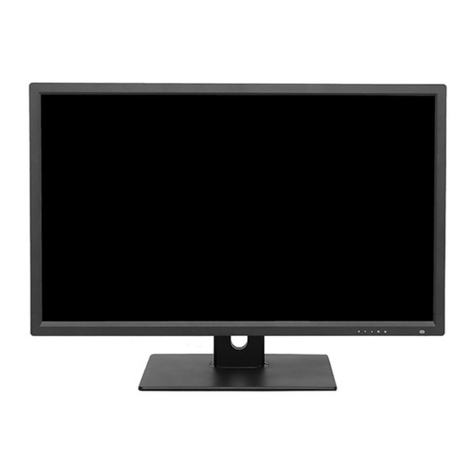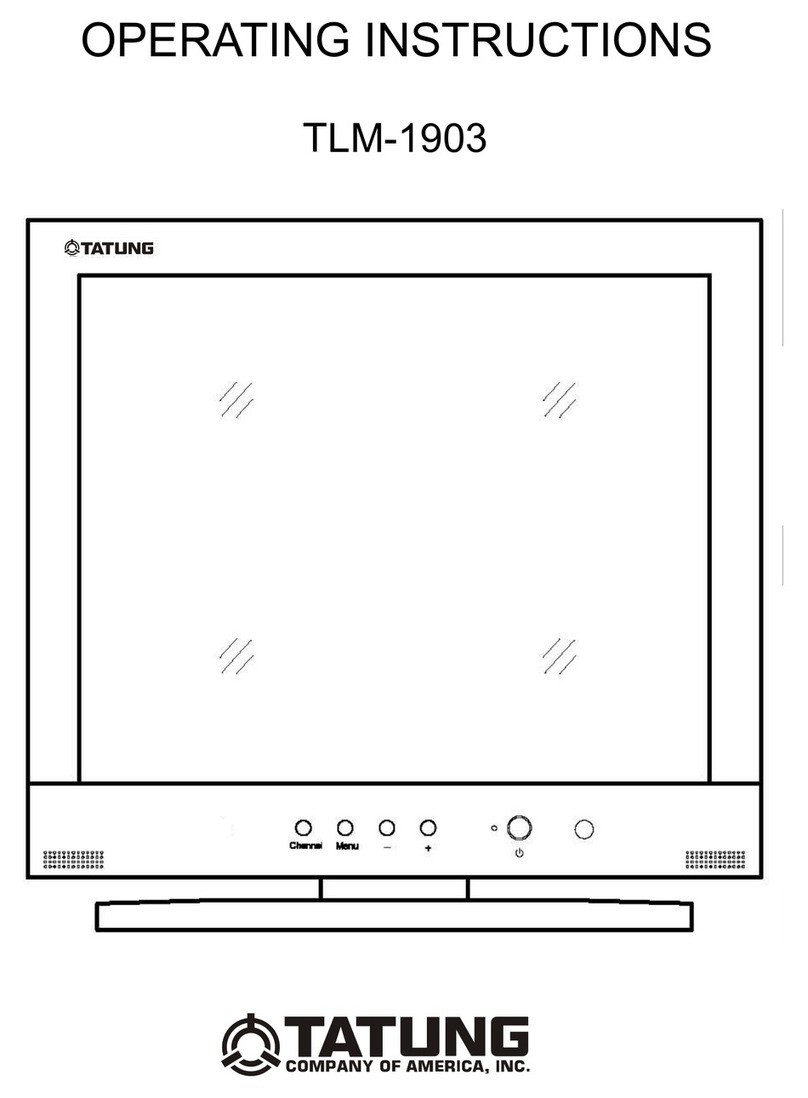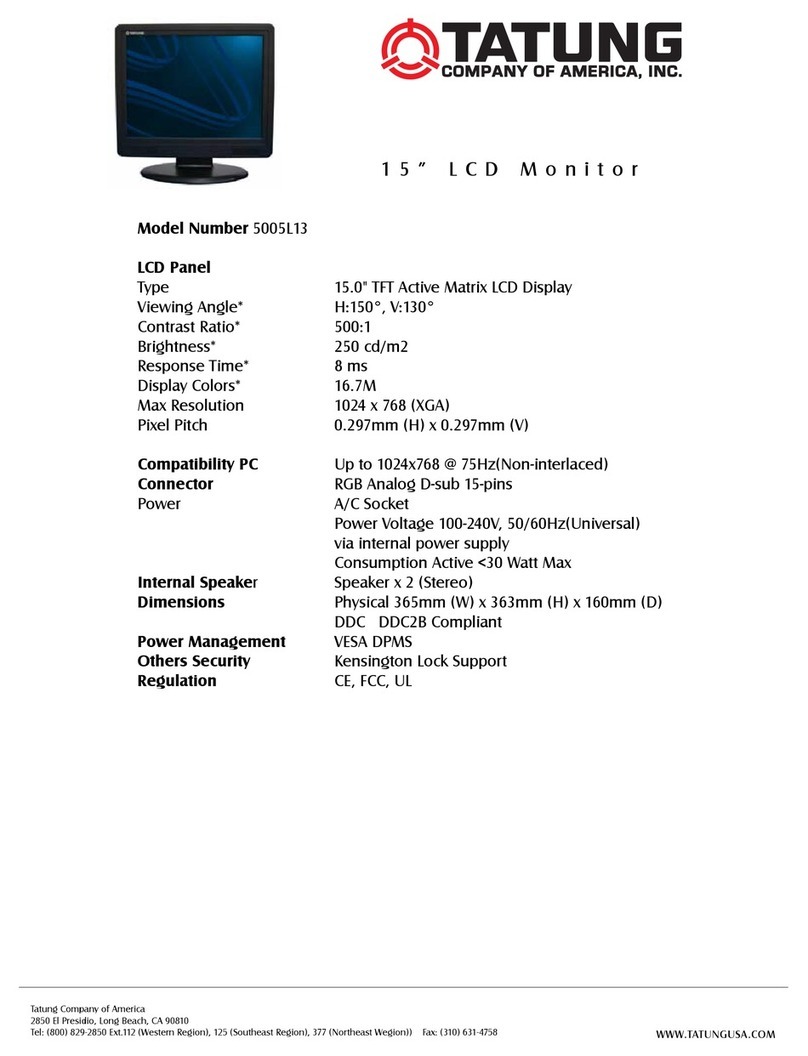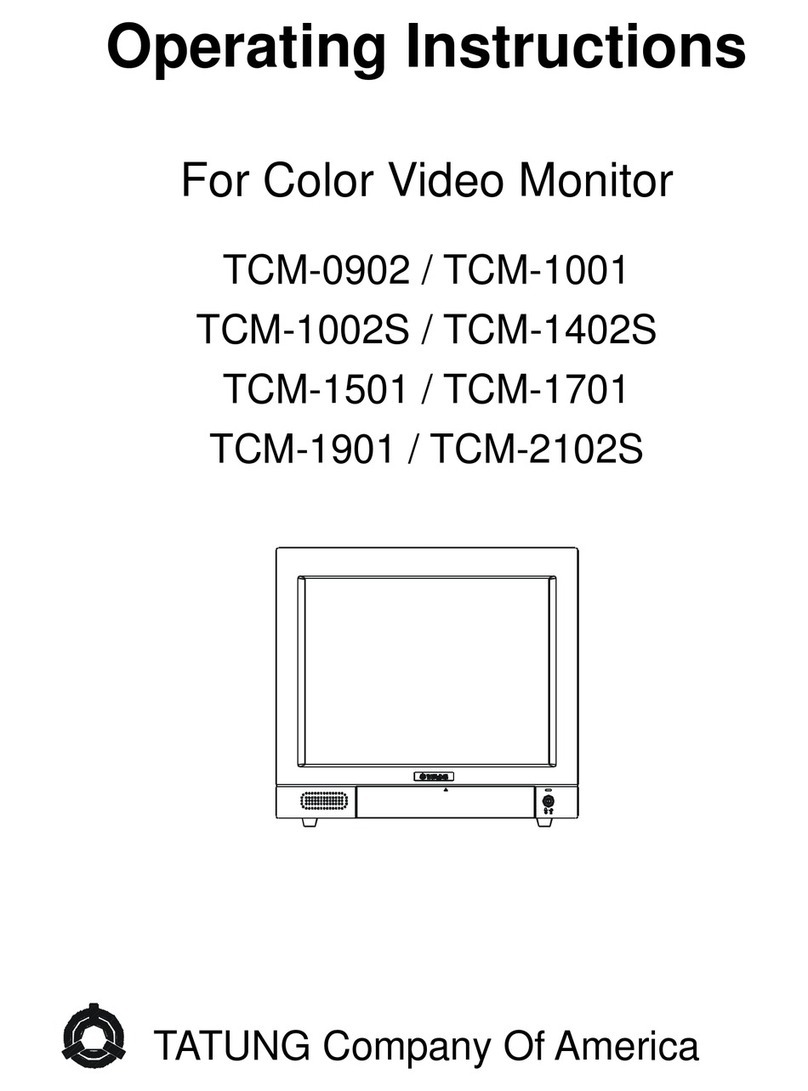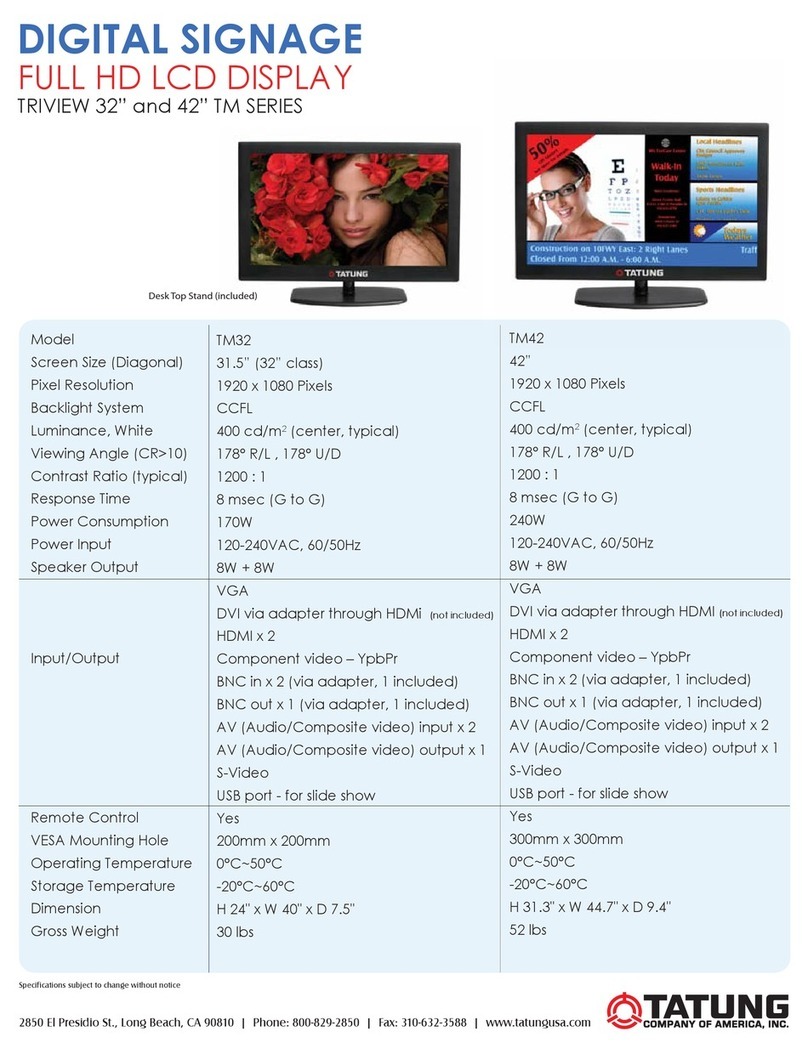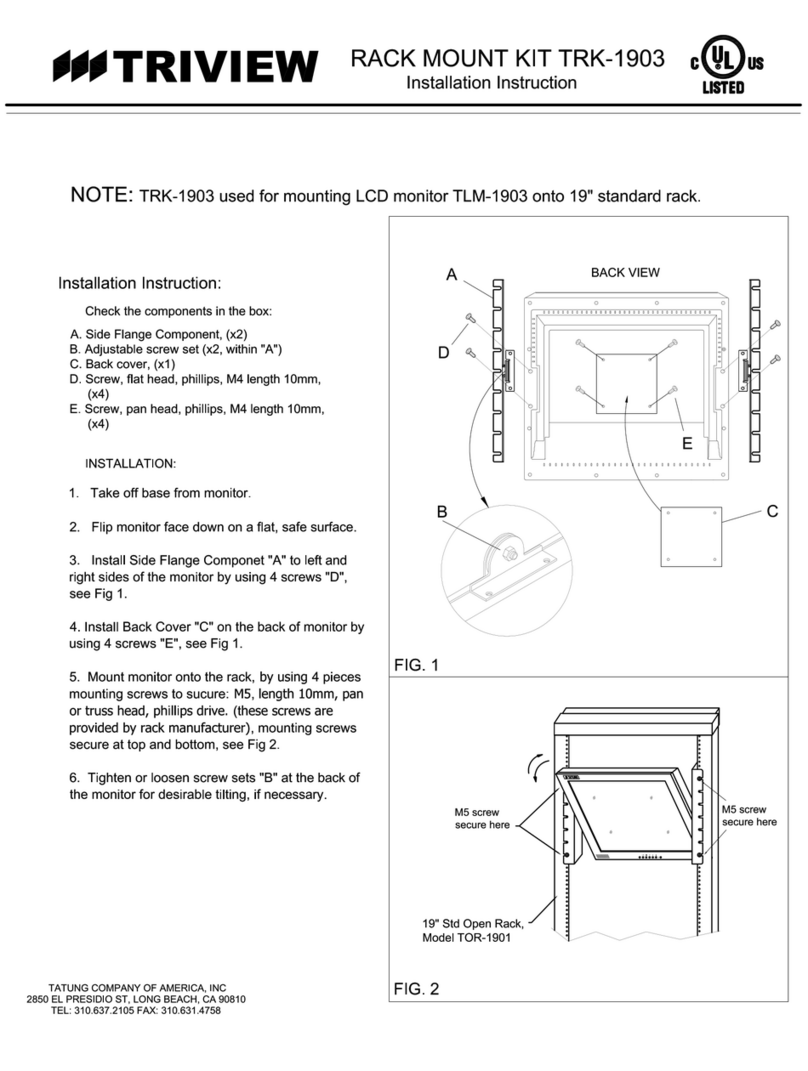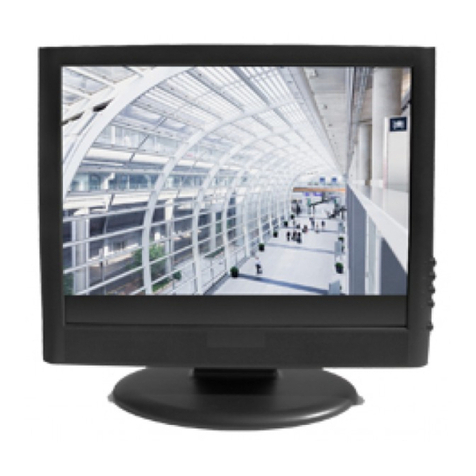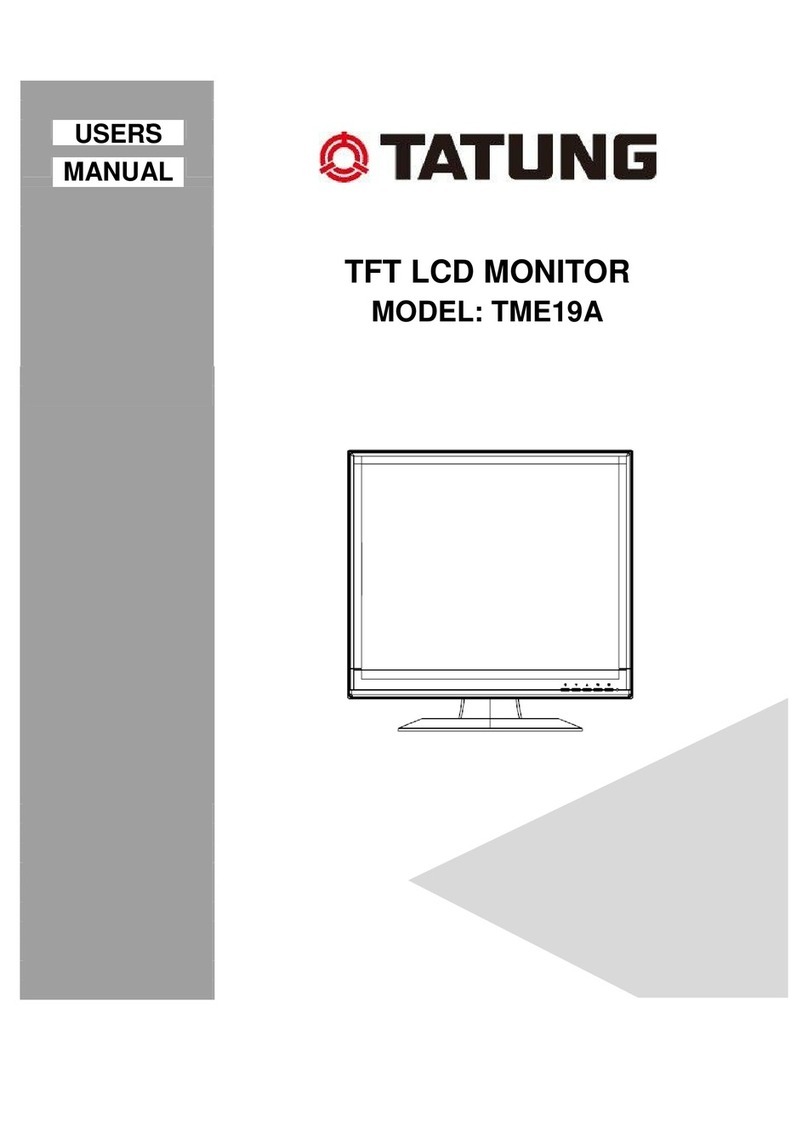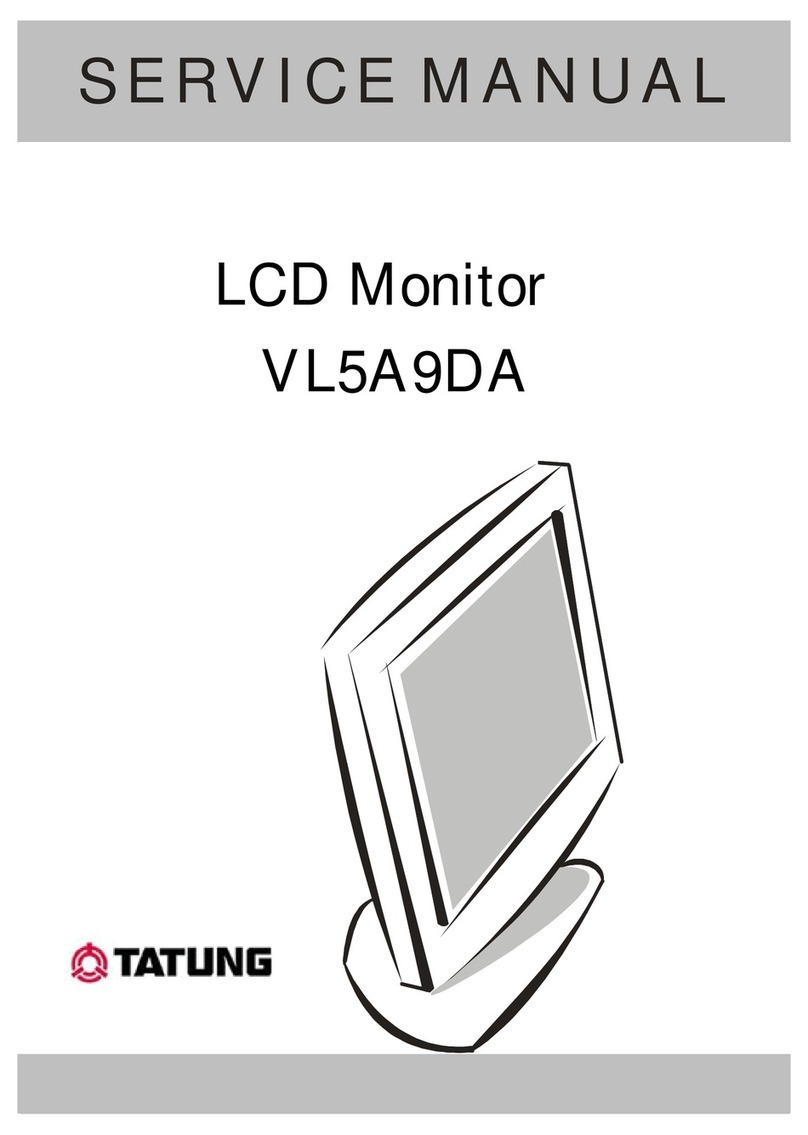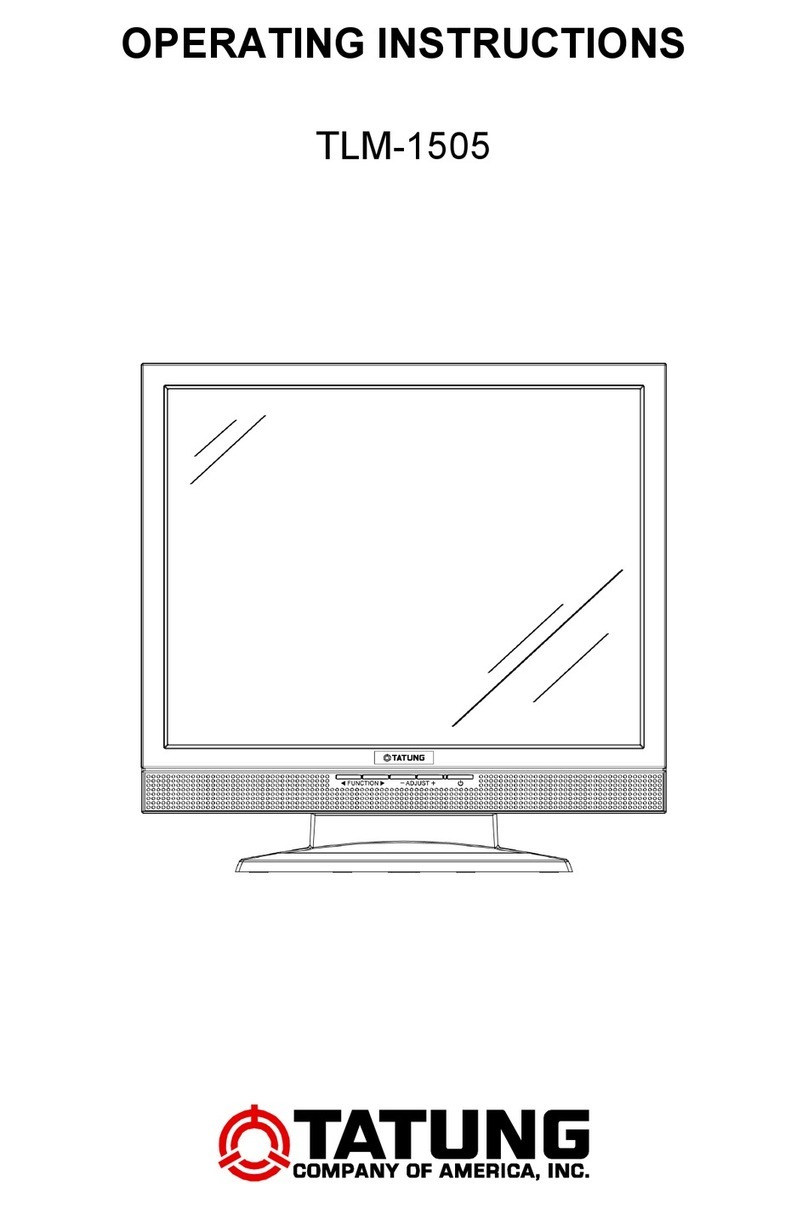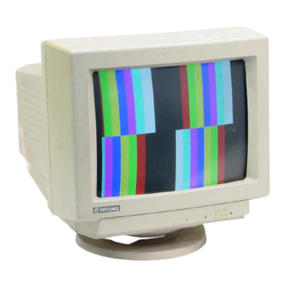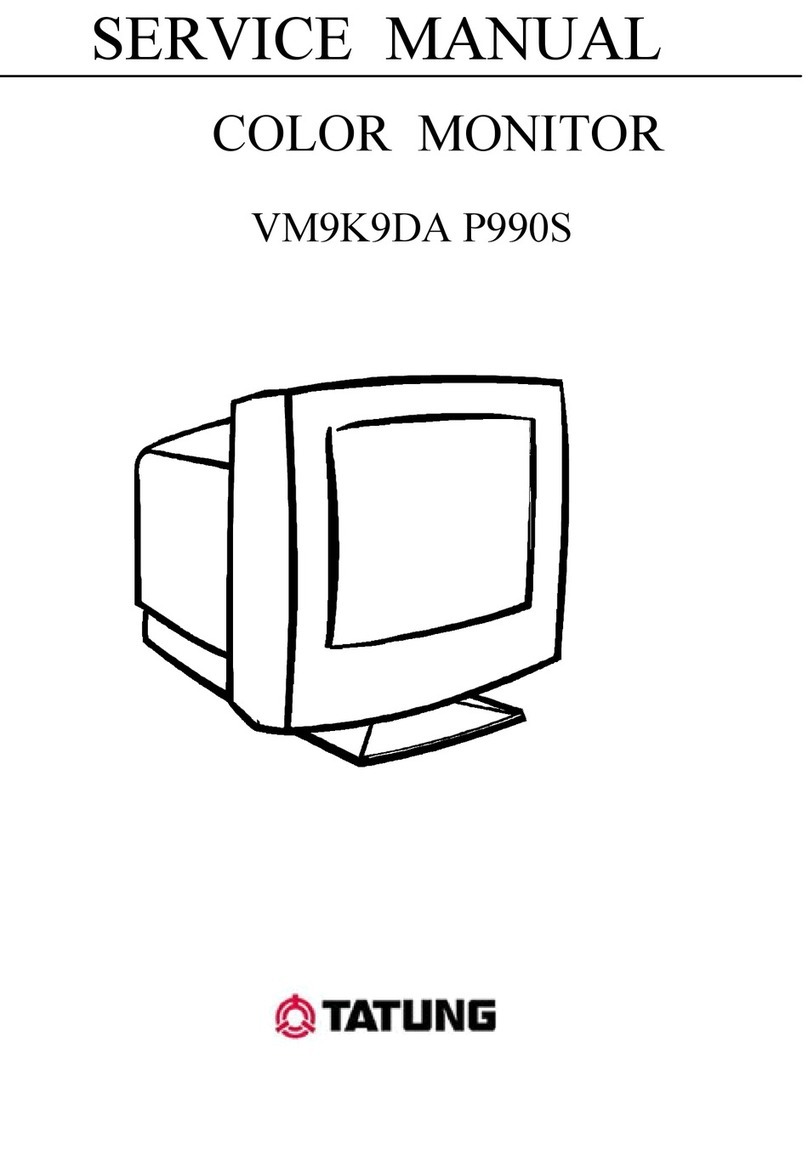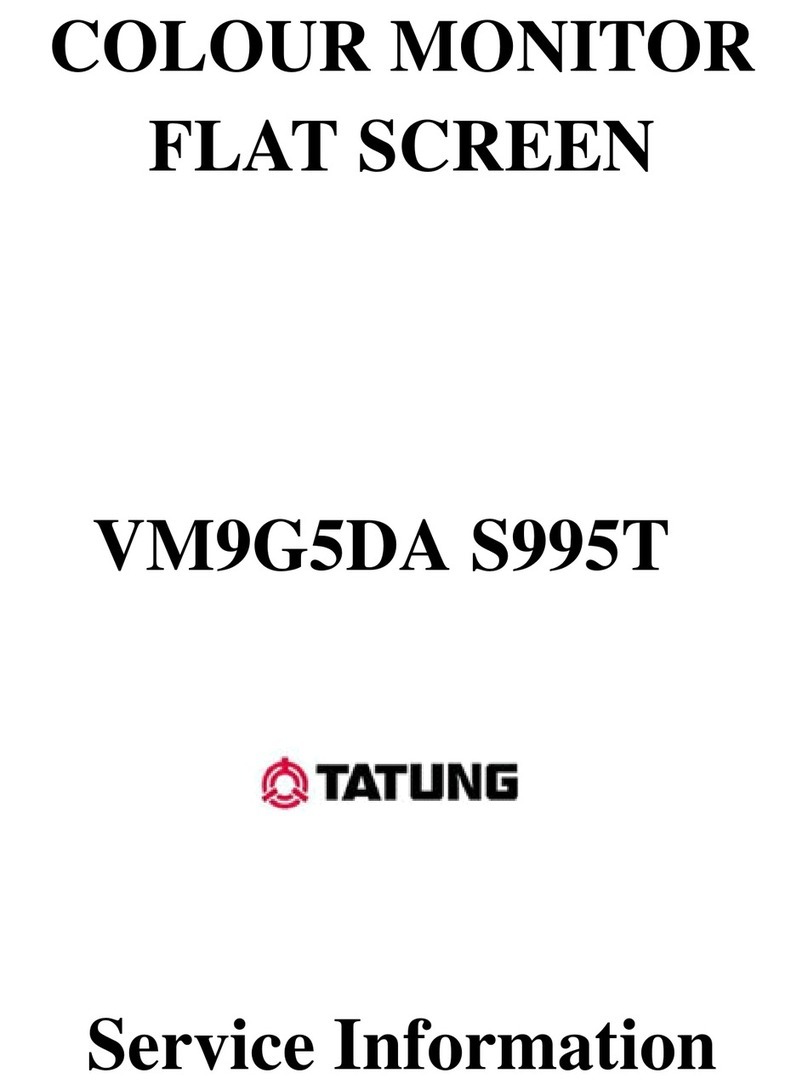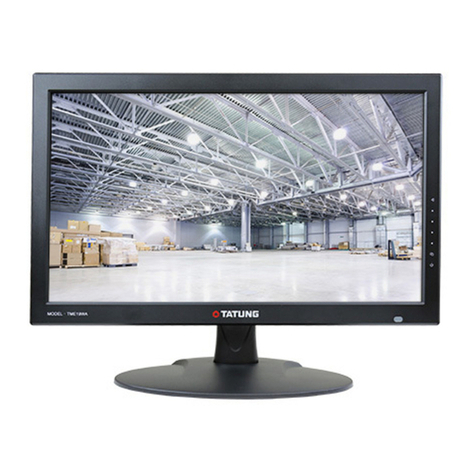
6. ELECTRONIC CIRCUIT DESCRIPTION
6-1. Switching Mode Power Supply (SMPS)
The switching mode power supply for this monitor is a full range type.
Universal power input of AC 100V ~ 240V is compatible.
The AC input is supplied through the slow blow fuse F801, the first line T802,
the signal pole power switch S801 to the rectifier D811 ~D814.The rectified DC voltage
is about 125V ~ 335V and is fed to the switching transformer T801 via R808.
Prior to starting, a small current flows to C866A via R849, Q850, and R850. I862 can operate
immediately when the voltage across C866A reaches 16V. At the same time, Q868 is on; the
rectified current flows through the primary winding of T801 and the energy is stored in it.
The energy is transferred to the secondary winding when Q868 is off, the auxiliary winding is
well close -coupled and keeps in phase with the secondary winding,
It will provide the stable voltage on C866A and feed it to pin 7 of I862 via R831, D831, and D870.
The I862 will keep working if the voltage across C866A is over 10V.
The oscillating frequency of the switching mode power supply is around 30KHz, which is
determined by the timing components R861/C863.
Capacitor C863 is charged to 2.8V via the 5V-reference voltage on pin8 of I862 and discharge
to 1.2V through R861. During the discharge time interval, the oscillator generates a series of
square waves, which cause the output at pin6 of I862 to go low state.
The fly-back pulse from T440 is buffered by R864 and differentiated by C864, R863. A sharp
pulse is thus obtained to force C863 to discharge so that the oscillating frequency can be
synchronized and keeps in phase with horizontal frequency in order to avoid unwanted interference
on the display screen.
The voltage varies due to the charge of input AC or output loading change, the auxiliary
winding will reflect this variation on pin2 of I862 via R831, D831, R835.The voltage at pin2 of
I862 will be compared with the internal 2.5V-reference voltage to produce an error voltage which
is limited to 1V by internal zenor diode and be compared with the voltage at pin3 of I862 which is
supplied from the voltage detected across R867. When Q868 is on. Only Q868 is off when the
voltage-drop across R867 has reached that of the error voltage or1 V p-p maximum.
The error voltage controlled the duty cycle of the pulse width modulator to regulate the output
voltage. If over-load or short circuit occurs at the secondary, the voltage across R867 reaches over
1 V p-p rapidly, thereby blocking the power output, the voltage at pin7 of I862 then decrease to
below10V and I862 is forced off.
